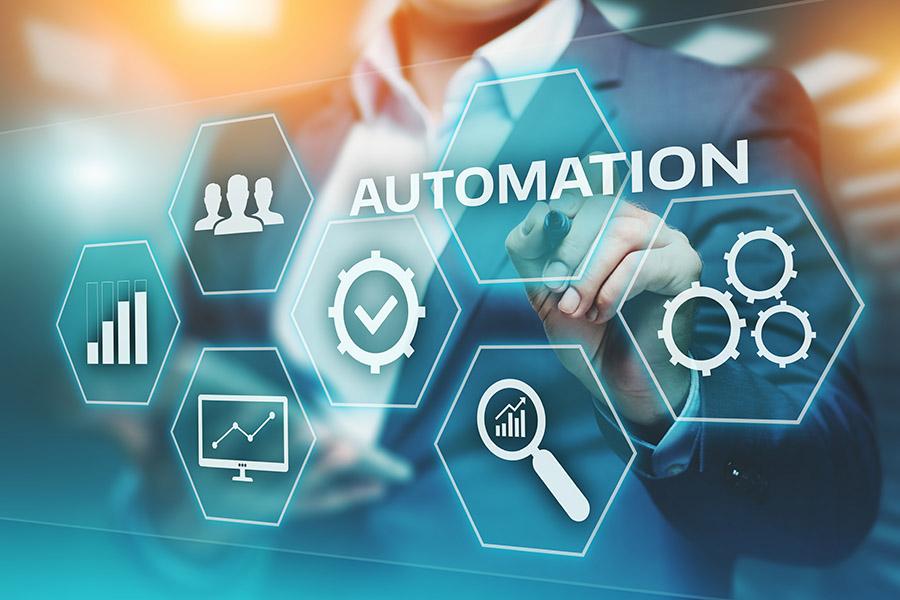
Automation seems to be a reasonably new term flying around that serves as a descriptive word to describe the process of something that doesn’t necessitate human intervention in order to complete a task. If it does, then human involvement is minimal, so much so that it may see the end of many jobs that one would never have conceived to have been possible with at least one person doing something. You’ll have already witnessed the installation of self-service checkout systems in supermarkets and, some other process-based services that shouldn’t need a person, however there is one minor factor that was, perhaps overlooked;
Truly automated?
The installation, and use of the machines that you see today, was, by many people, observed as a complete game changer, and it is, when it works. The trouble is, that you have ‘people’ trying to use machines that either don’t know how to use them properly, or the machines aren’t quite there yet in terms of usability without some intervention. Unlike systems that an email marketing agency in Sydney uses to market their clients’ products and services. Well, quite a lot of intervention in this case considering that there are sometimes a couple of members of staff ‘manning’ the things for when somebody needs help.
So, they’re not quite there just yet, in fact, one could say that it’s an investment based upon future returns that will, at some point, require zero intervention apart from the customer inputting their orders, or scanning their goods. Even at this early stage though, many people have lost jobs that they held dearly, close to their heart and, the same will happen in the future as machines become more reliable, their true ability to be more efficient than a human will be clear to see.
AI – the answer?
By themselves, machines can only do so much, in fact, they can only do what they are programmed to do and it’s been that way for some years now. To date, without the help of something like AI, creating, or liking a post would never be possible. In more recent years though, slowly but surely, artificial intelligence (AI) has really started to emerge, showing glimpses of what it is capable of in the future. Its true power is still unknown, although if you look at companies such as Google, which has one of, if not the most powerful forms of AI and one of the largest databases of personal/private information in the world.
There was a study done not too long ago, in America whereby a completely random group of people were asked to partake in an experiment of which they knew nothing about. They just had to have faith and trust – just like when they put their lives on Facebook for every Tom, Dick and Harry to go through any time they want.
When asking the different users who all had different jobs, came from different age groups, had different interests etc and, couldn’t really be any more different unless they had been handpicked. Despite their differences, they all confirmed that they probably use the Internet more and more as time goes on, it’s kind of crept up on them and, before they knew it, they found themselves pretty much attached to some form of Internet ready device for a much longer period of time than they would have otherwise (consciously chosen to do so).
Constantly connected
They discovered that the biggest factor when it came to them using their devices for longer than they would have hoped for was due to the devices being automatically connected to a network. They had free access to numerous hotspots which meant that throughout the study, they were constantly connected to the same network which also had AI software installed. Part of the reason for this was to see how the AI reacted to the different devices and users’ Internet habits.
The results were surprisingly interesting, although not mind blowing, if you already know your stuff and what the AI would likely do first. First of all, the AI looked at the user’s history and browsing habits/tendencies, including what time of day they wake and what time they usually sleep. Based on the information it had obtained, it was then able to start advertising products to the individuals that were targeted independently, it very quickly started to learn what they like and don’t like and when they would be more susceptible to being advertised to.
As an example, a very well-timed notification from one of the subjects’ devices, just before they were due to drop off to sleep, found them, spending about an hour trawling the internet again, which they wouldn’t have otherwise done.
Cheeky Cheeky
For anybody looking in from an outsider’s point of view, the AI could be deemed to be a bit cheeky, it even ran comparisons between the individuals and was witnessed liking pages, adding people as friends including sending the odd message here and there. Talk about unsupervised learning, as it happens, technically speaking, any AI that is connected to the Internet could access anything it wanted and to start teaching itself about anything and everything it wants.